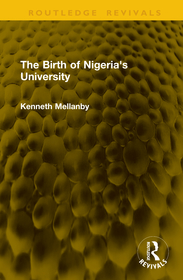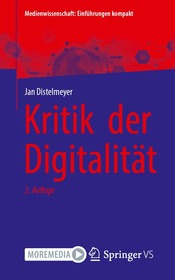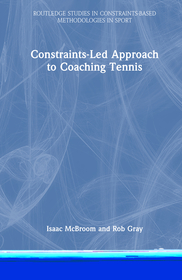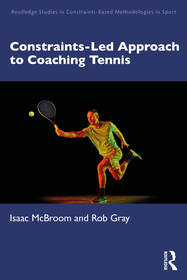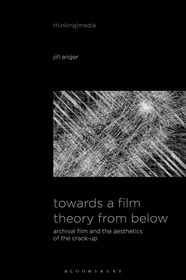
Towards a Film Theory from Below
Archival Film and the Aesthetics of the Crack-Up
Sorozatcím: Thinking Media;
-
10% KEDVEZMÉNY?
- A kedvezmény csak az 'Értesítés a kedvenc témákról' hírlevelünk címzettjeinek rendeléseire érvényes.
- Kiadói listaár GBP 28.99
-
13 849 Ft (13 190 Ft + 5% áfa)
Az ár azért becsült, mert a rendelés pillanatában nem lehet pontosan tudni, hogy a beérkezéskor milyen lesz a forint árfolyama az adott termék eredeti devizájához képest. Ha a forint romlana, kissé többet, ha javulna, kissé kevesebbet kell majd fizetnie.
- Kedvezmény(ek) 10% (cc. 1 385 Ft off)
- Kedvezményes ár 12 465 Ft (11 871 Ft + 5% áfa)
Iratkozzon fel most és részesüljön kedvezőbb árainkból!
Feliratkozom
13 849 Ft

Beszerezhetőség
Még nem jelent meg, de rendelhető. A megjelenéstől számított néhány héten belül megérkezik.
Why don't you give exact delivery time?
A beszerzés időigényét az eddigi tapasztalatokra alapozva adjuk meg. Azért becsült, mert a terméket külföldről hozzuk be, így a kiadó kiszolgálásának pillanatnyi gyorsaságától is függ. A megadottnál gyorsabb és lassabb szállítás is elképzelhető, de mindent megteszünk, hogy Ön a lehető leghamarabb jusson hozzá a termékhez.
A termék adatai:
- Kiadó Bloomsbury Academic
- Megjelenés dátuma 2025. december 11.
- Kötetek száma Paperback
- ISBN 9798765107270
- Kötéstípus Puhakötés
- Terjedelem oldal
- Méret 215x139 mm
- Nyelv angol
- Illusztrációk 63 colour illus 700
Kategóriák
Hosszú leírás:
Operating between film theory, media philosophy, archival practice, and audiovisual research, Jiri Anger focuses on the relationship between figuration and materiality in early films, experimental found footage cinema, and video essays.
Would it be possible to do film theory from below, through the perspective of moving-image objects, of their multifarious details and facets, however marginal, unintentional, or aleatory they might be? Could we treat scratches, stains, and shakes in archival footage as speculatively and aesthetically generative features? Do these material actors have the capacity to create "weird shapes" within the figurative image that decenter, distort, and transform the existing conceptual and methodological frameworks?
Building on his theoretical as well as practical experience with the recently digitized corpus of the first Czech films, created by Jan Krízenecký between 1898 and 1911, the author demonstrates how technological defects and accidents in archival films shape their aesthetic function and our understanding of the materiality of film in the digital age. The specific clashes between the figurative and material spheres are understood through the concept of a "crack-up." This term, developed by Francis Scott Fitzgerald and theoretically reimagined by Gilles Deleuze, allows us to capture the convoluted relationship between figuration and materiality as inherent to the medium of film, containing negativity and productivity, difference and simultaneity, contingency and fate, at the same time, even within the tiniest cinematic units.
Tartalomjegyzék:
List of Figures
Acknowledgments
Introduction: What Is Film Theory from Below?
1. Keep That Image Burning: Color Veil and the Cinema That Never Stops Ending
2. Do Archivists Dream of Electric Horses?: Static Electricity and the Quadruple Logic of Indexicality
3. Trembling Meaning: Camera Instability and Transduction in Archival Moving Images
4. The Milestone That Never Happened: The Scratched Kiss and the Failed Beginning of Czech Cinema
5. Touching the Film Object with Surgical Gloves: Frankensteinian Frames and the Fragile Malleability of Cinematic Faces
6. Shaping the Unshapeable?: Videographic Deformation and the First Frames of Czech Cinema
Conclusion: Digital Krízenecký Off the Scale?
Bibliography
Filmography
Supplements
Index





